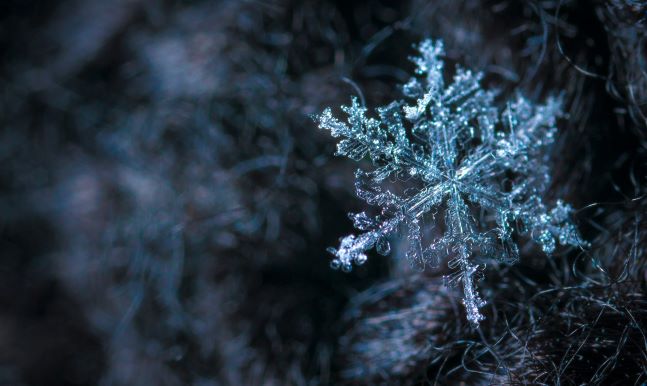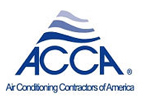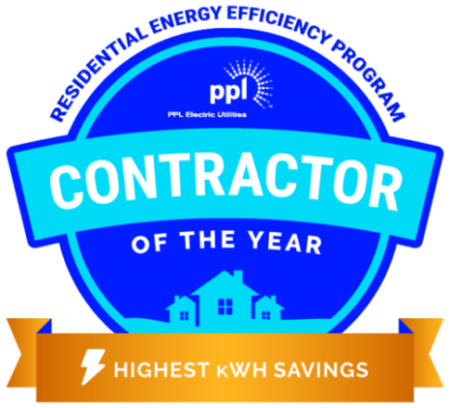Preparing Your Home for Extreme Cold
Avoid disaster with these tips to keep pipes from breaking and the heat running
Let’s face it, every winter we have a few days with extremely cold temperatures in PA. Make certain that you and your home are ready when it hits.
Plumbing
-
Open cabinets with piping
Keep cabinets and doors open to areas of the home with plumbing that share an exterior wall. This will keep warm air from the house circulating to those colder spaces.
-
Use a space heater
If a bath or laundry room does not get a lot of warm air from the primary heating source of the home; use a secondary heat source to keep pipes from freezing. The best option is a portable, electric space heater. These should only be used when it can be monitored and kept at a safe distance from flammable objects and away from kids and pets.
-
Leave a faucet running (trickling)
If you have piping that is especially prone to freezing and the previous methods are not able to work or you just want to make absolutely certain it does not freeze, let the faucet slightly on. This slow flow of water will resist freezing and avoid a broken pipe.
-
Seal drafts in your basement
This is the easiest time to identify drafts in a basement where a lot of piping may exist. Add weather stripping to basement doors and windows. Also add spray foam to the sill plate if there is an air gap.
-
Remove hoses from outside faucets and shut them off inside
Hopefully you have ‘frost-free’ faucets or a shut-off valve existing on a standard exterior faucet. Shut the interior valve off, or perpendicular to the pipe, and let the faucet open outside.
Do not ever use an open flame to thaw frozen pipes.
What to do with your heat pump during extreme cold?
Most heat pumps are unable to pull enough heat out of the air during extremely low temperatures to operate in heat pump mode. This is one reason why having a backup electric heater package in the system sized to satisfy the needs of your home is critical. Backup heat in a heat pump is also referred to as your emergency or auxiliary heat.
-
Set your heat pump to emergency or auxiliary heat
When the temperature is going to be below 10°, it’s best to just set your thermostat to the emergency or auxiliary setting. This will keep your outdoor unit from becoming a block of ice. Before turning the outdoor unit back on, inspect it to make sure no ice is on the fan blades, if so wait until it thaws. Do not chisel or use water to thaw the ice.
-
Lower your thermostat
We know this sounds crazy, but in most cases a heat pump will not be able to maintain the inside temperature set on the thermostat during this type of weather. Go ahead and drop the temperature a couple of degrees and put some wool socks on.
Keep boilers and furnaces running. For boilers, make sure all zones are on to keep hot water circulating throughout the entire system. Lastly, keep ice buildup clear of all intake and exhaust vents. Condensation will occur at the PVC exhaust of condensing furnaces and power vent water heaters, which will create icicles – this is normal. Make certain that it does not completely block the vent.
Take extra precaution to keep your home safe and avoid major headaches.










